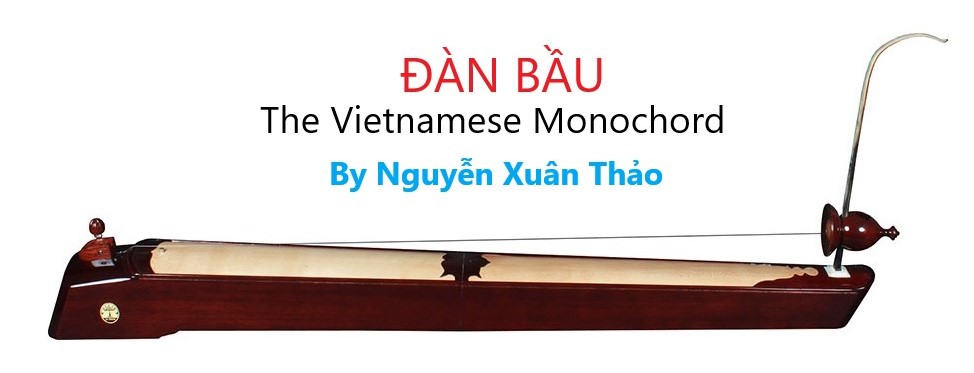Concerning the Đàn bầu (literally, Đàn = musical intrument; Bầu = gourd, fig. 1), the Vietnamese people have an interesting traditional saying:
“Đàn Bầu ai gảy nấy nghe
Làm thân con gái chớ nghe Đàn bầu”
(Let the player of the Đàn bầu be the only one who listens to his music. As a young maid, guard yourself against listening to it). The wise elders would warn their daughters not to listen to the Đàn bầu because the emotional appeal of its sound might seduce them and make them fall in love with the player of the instrument. On the other hand, “If one sound had to be chosen to evoke thoughts of Vietnam, for many it would be the sound of the Đàn bầu, also known as the dan doc huyen (single-string instrument),” writes Jason Gibbs (1996), an American composer, bassoonist and librarian living in San Francisco, in his article, “A Musical Instrument Workshop in Hanoi.” The two citations agree at least on one thing, that the sound of the Đàn bầu is very special. What makes it so special? How is the Đàn bầu constructed? How is it played?
Giới thiệu đàn bầu bằng Tiếng Anh


